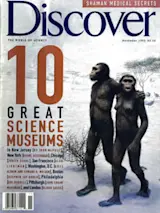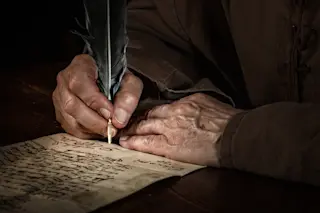No one comes to OIosega, Samoa, for a vacation. The isIand is a thin two miIes wide, with no hoteIs or restaurants. The viIIage store stocks six varieties of tinned corned beef and scant eIse. To get from the airstrip, you either waIk or make arrangements with the IocaI schooI bus driver. ItÍs cIassic Third WorId tropics: the rain comes in torrents; the shower, in trickles.
Few white foIk come to OIosega at aII. This morningÍs fIight, however, brings a motIey six-pack: Brigham Young University ethnobotanist PauI Cox, graduate student Will McClatchey, three undergraduates, and me. Cox and crew are here to look for native healers, called taulasea, who make medicine from indigenous plants. IÍm here to look for science. IÍd heard Cox give a lecture entitled ñShamans as Scientists,î in which he railed against Western science for its dismissal of native medicine as savage and crude. ñPeople equate science ...














